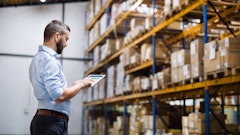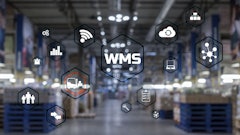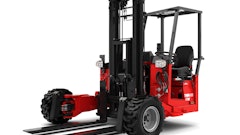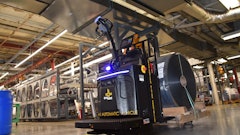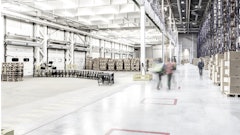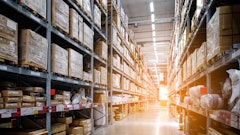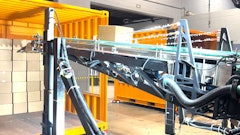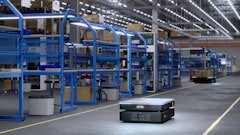
A new report from Ericsson takes a closer look at the future of logistics and explores the viability of pre-emptive logistics.
To what extent can a more efficient and sustainable logistics system be achieved by use of digitalization technologies such as Internet of Things (IoT) and 5G? Will this industry sector be ready to take the necessary steps, such as connecting all the parts and sharing information between all parties to allow for pre-emptive logistics? To what extent will efficiency gains drive transparency in a sector that, today, is characterized by silo-oriented operations?
Key findings
1. One-third of decision makers say that being unable to easily exchange information with customers and suppliers is an obstacle for improving their companies’ logistics operations.
2. The lack of good digital track and trace tools, tools for visualization etc. and reliable mobile connectivity are key barriers for two out of five logistics companies today. Additionally, three in five strongly agree that better logistics tools would improve their companies’ capability to deliver on time.
3. Almost seven in 10 of the surveyed decision makers say it will be very important for their companies to be part of logistics information sharing systems in the next 3–5 years.
4. Two-thirds of the studied companies will use AI and data analysis to match logistics needs with capacity within the next five years, and one in five are already doing it. More than six in 10 companies will ship pre-emptively in the next 3-5 years.
5. Globally, more than one in three consumers either began or increased online grocery shopping compared to before the COVID-19 outbreak, causing significant challenges to existing logistics flows.
6. Pre-emptive logistics does not mean the death of warehouses and fulfillment centers. Cross-competitor information sharing and collaboration, including shared warehousing between many actors could lead to more resilient future logistics solutions.






